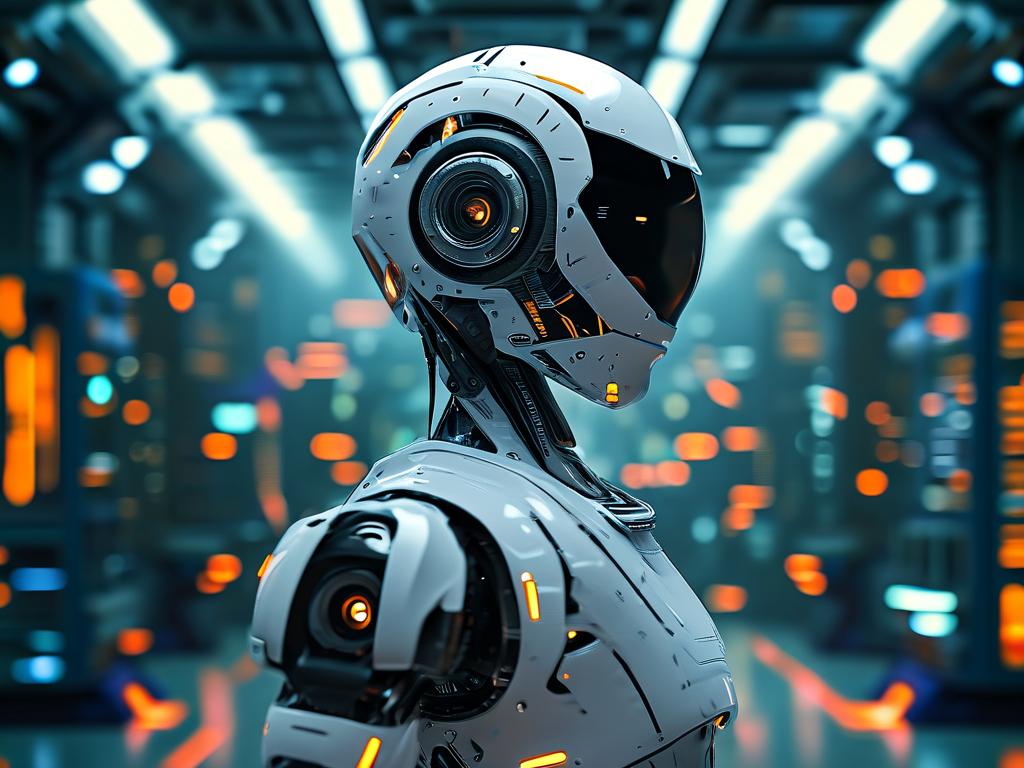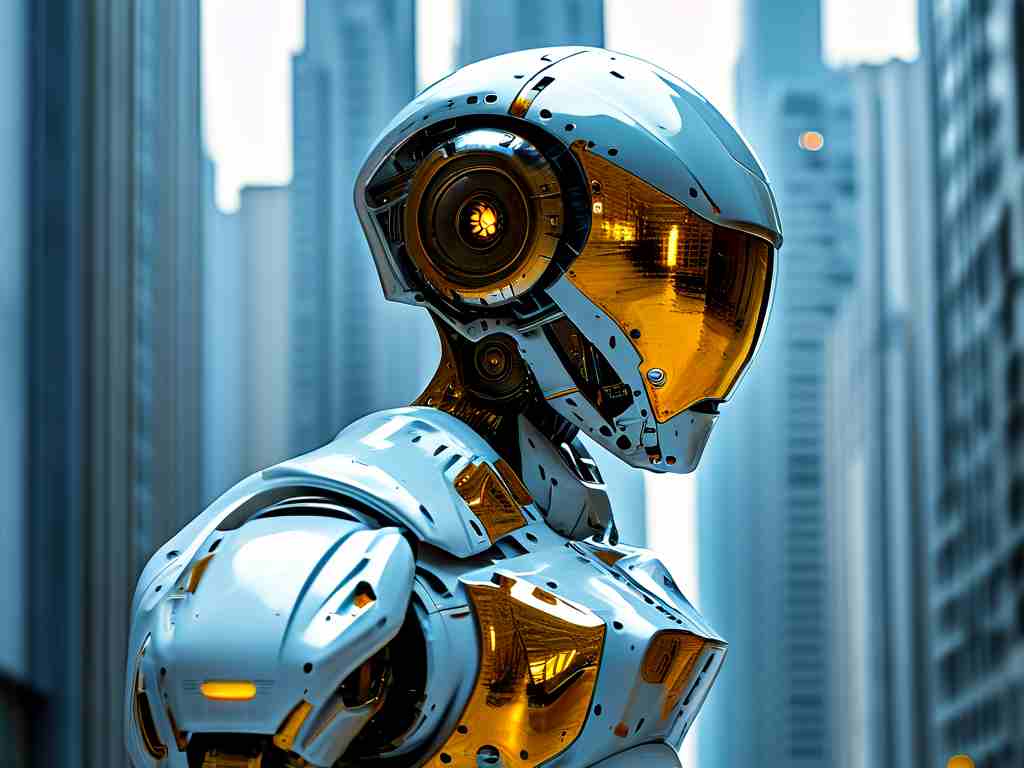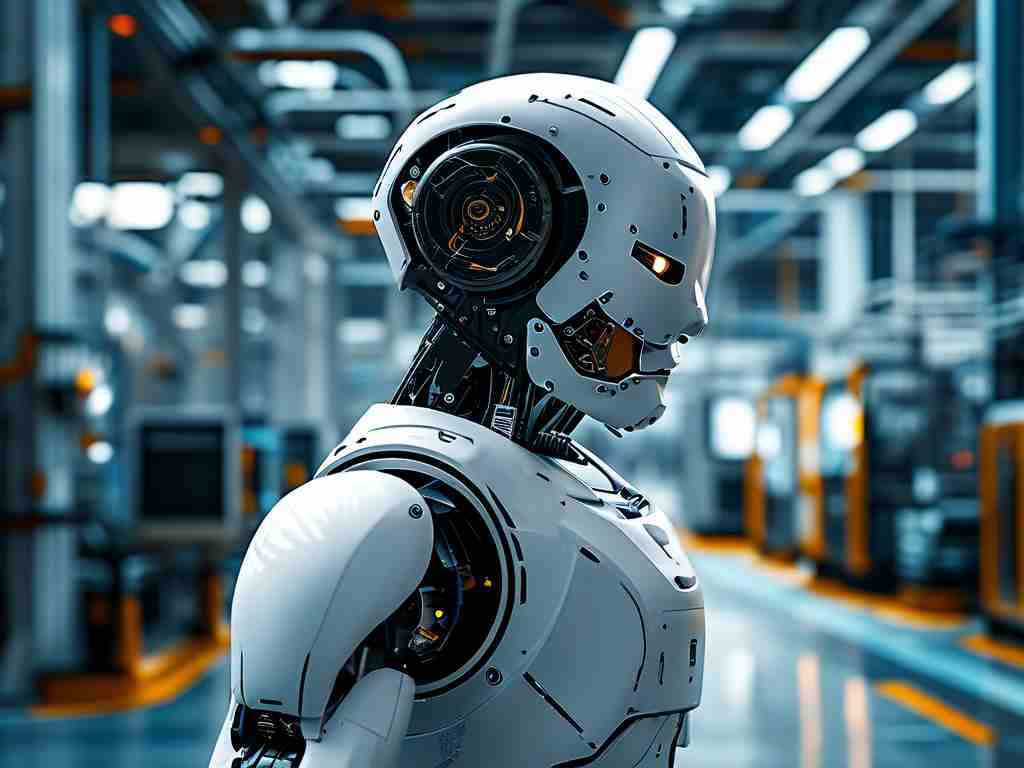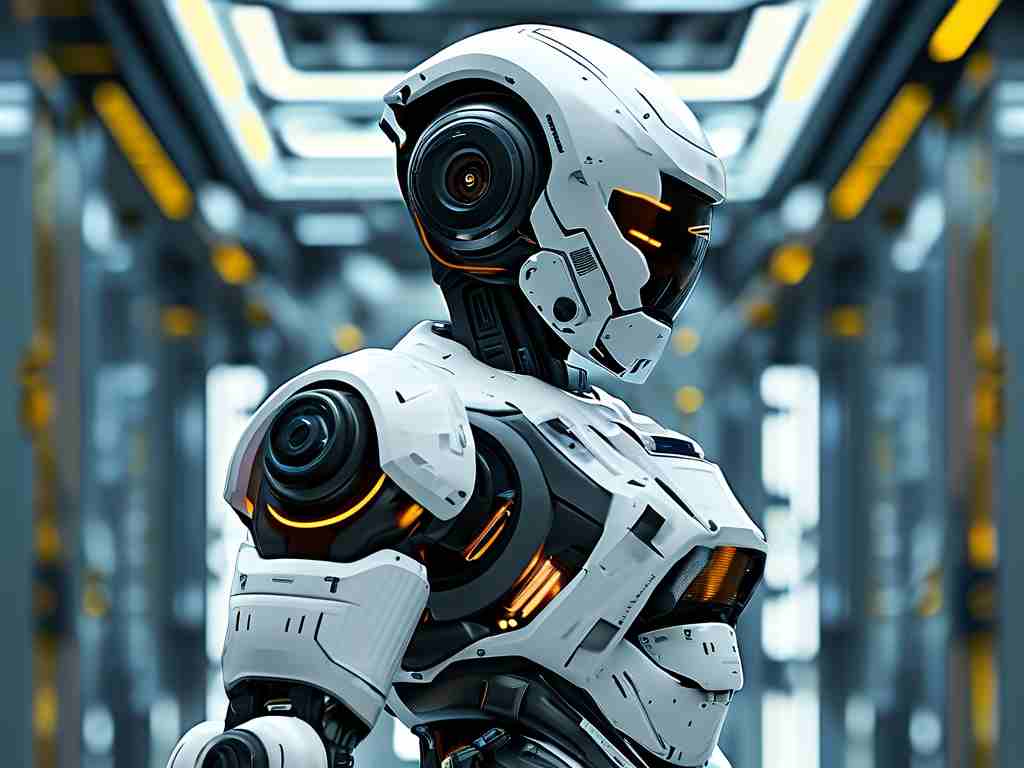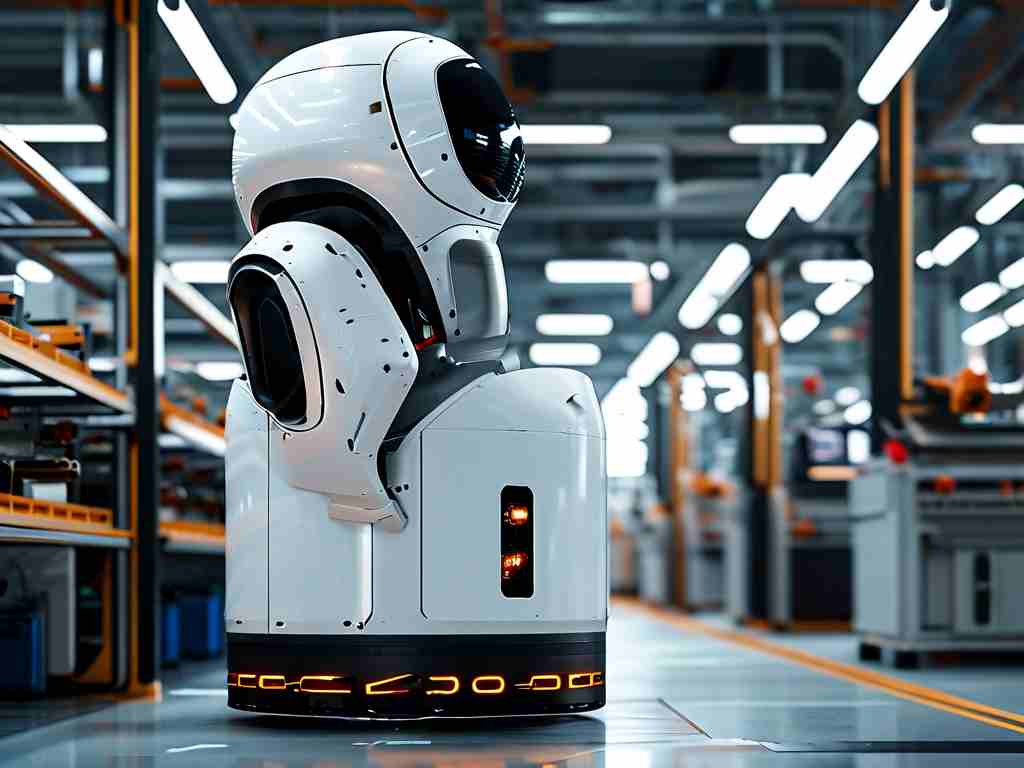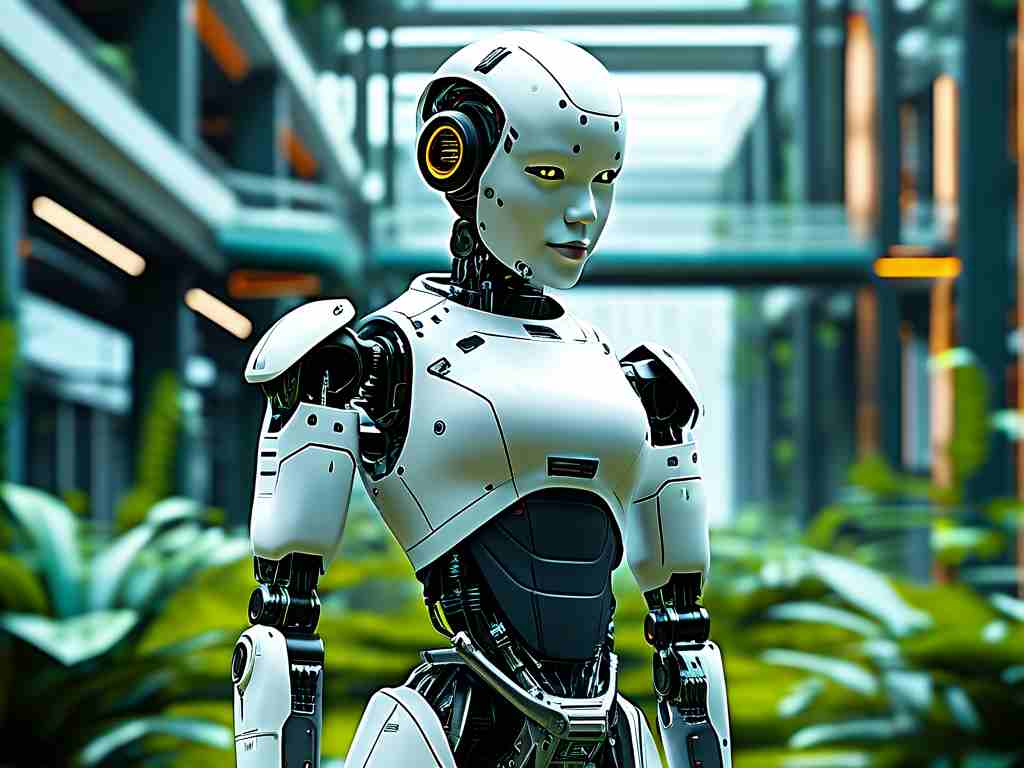As global industries accelerate their digital transformation, Dazhuang Robotics Manufacturing Technology has emerged as a game-changer in smart production systems. This Chinese-developed robotics framework combines precision engineering with adaptive artificial intelligence, offering solutions that redefine efficiency in factory environments.
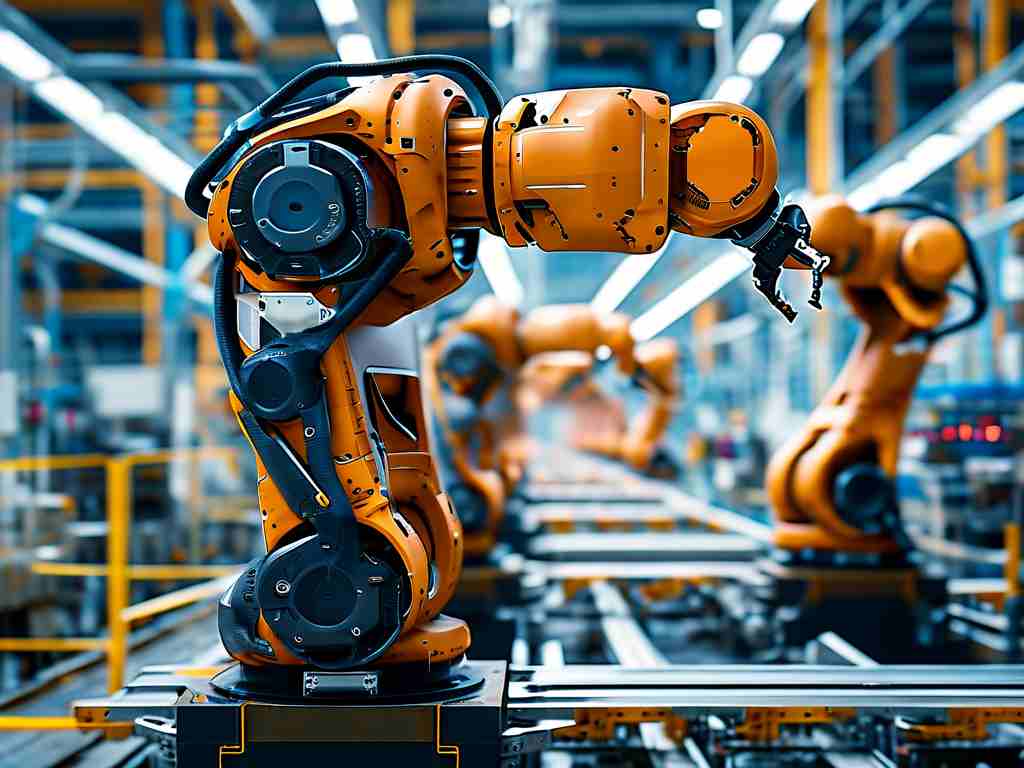
The core of Dazhuang's technology lies in its proprietary "Dynamic Motion Synchronization" algorithm. Unlike conventional robotic arms limited to pre-programmed trajectories, Dazhuang's systems utilize real-time environmental feedback to adjust operations. For instance, during automotive welding processes, sensors detect micro-variations in metal sheets (up to 0.02mm tolerance) and instantaneously recalibrate welding paths. This capability reduces material waste by 18% compared to industry averages while maintaining ISO 9001-certified precision standards.
A distinctive feature of Dazhuang robots is their modular architecture. Production units can be rapidly reconfigured using standardized interface ports – a task that previously required 2-3 days of technician labor now takes under 4 hours. This flexibility proved critical for medical device manufacturers during the pandemic, enabling swift transitions between ventilator components and PPE production lines.
Energy optimization algorithms represent another breakthrough. Through machine learning analysis of power consumption patterns, Dazhuang's systems achieve 22% higher energy efficiency than comparable industrial robots. The technology automatically enters low-power states during idle periods without compromising readiness – a crucial advantage given that industrial robots typically consume 35% of total factory energy.
Human-robot collaboration has been redefined through Dazhuang's patented safety protocols. Their "Tactile Response Matrix" allows robots to detect human presence within 0.5 meters through electromagnetic field variations, triggering deceleration to 250mm/s (below injury risk thresholds) while maintaining operational continuity. This innovation bridges the gap between fully automated and manual assembly processes.
The company's recent collaboration with Shanghai Maritime University produced hybrid robots for shipyard applications. These amphibious units combine magnetic adhesion locomotion with hydrodynamic stability control, capable of performing underwater welding at depths up to 30 meters – a feat previously requiring human divers. Field tests demonstrated 40% faster hull assembly times with zero safety incidents.
Looking ahead, Dazhuang is piloting quantum computing integration for predictive maintenance. Early prototypes using 5-qubit processors analyze vibration patterns to forecast bearing failures 72 hours in advance with 89% accuracy. This development could potentially reduce unplanned downtime in manufacturing plants by an estimated $4.2 million annually per facility.
Despite these advancements, challenges persist. The current generation requires specialized cooling systems for high-intensity computations, adding 15% to operational costs. However, Dazhuang's R&D team is reportedly testing phase-change materials that could eliminate this requirement by 2025.
From automotive giants to aerospace contractors, over 1,200 enterprises have adopted Dazhuang systems since 2020. Third-party analyses suggest adopters average 31% productivity gains and 26% reduction in defect rates within the first year of implementation. As Industry 4.0 matures, Dazhuang Robotics Manufacturing Technology stands positioned to drive the next evolution of intelligent production ecosystems worldwide.


